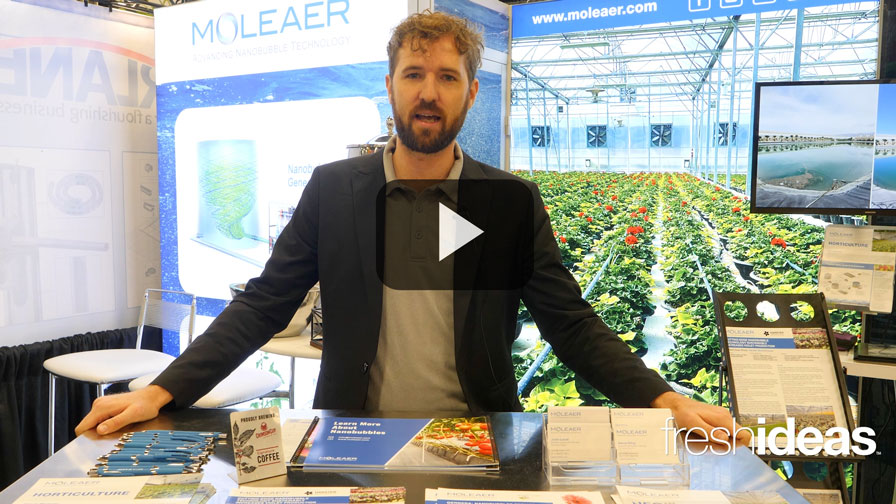Five Tips For Successful Use Of Boom Irrigation Lighting On Long-Day Ornamentals
Photoperiodic responses in plants are actually determined by the duration of darkness and not the period of light. Therefore, when the natural photoperiod is short (September through March), greenhouse growers can employ many different strategies to “break up” the night to promote flowering of obligate or facultative long-day ornamentals. The same strategy is also employed to inhibit flowering of short-day plants like chrysanthemums. To promote flowering in long-day plants, greenhouse growers often provide day-extension lighting or night-interruption lighting. With either strategy, growers illuminate plants with low-intensity lighting (usually 1-2 µmol∙m-2∙s-1) most likely from incandescent, compact fluorescent or light-emitting diode (LED) lamps.
Some growers use cyclic lighting, where lamps that are in a fixed location are turned on and off throughout the night break, in order to save energy and increase the lifetime of the bulbs. A common cyclic lighting strategy used by growers is to turn the lamps on for six minutes and then off for 24 minutes during the four-hour night break. With this strategy, the light should be on for at least 20 to 25 percent of the time during the four-hour lighting period. This strategy is effective on most short-day plants, but may not promote flowering of some long-day plants as much as a continuous four-hour period.
Instead of turning on and off lamps that are in a fixed location, growers deliver cyclic lighting by attaching a high pressure sodium (HPS), metal halide (MH), mercury or LED lamp to the irrigation boom. These lamps are on continuously during the night break as the irrigation boom moves very slowly above the crop, back and forth. Michigan State University Extension recommends the following benchmark tips for effective boom lighting:
- Operate boom lighting at the end of day or middle of the night for at least four hours.
- Ensure plants are lighted at least every 15 to 20 minutes during the lighting period.
- The total amount of light provided to plants should be at least 3,600 μmol∙m-2 during the long-day lighting period.
- High-intensity lighting should be mounted on the booms between 2 and 5 feet above the crop.
- Remember to turn off the irrigation on the boom during the lighting period.
Boom lighting can be an effective way to deliver long days, but it does not have an effect on photosynthesis and thus does not improve plant growth. Because there are relatively few guidelines on boom lighting, we encourage you to perform your own lighting trials.
Growers and other horticultural professionals that are interested in learning more about light may be interested in the new non-credit, self-paced Greenhouse and Horticultural Lighting Course. To watch a preview of the course and to register, visit: MSUFloriculture’s Online College of Knowledge.










